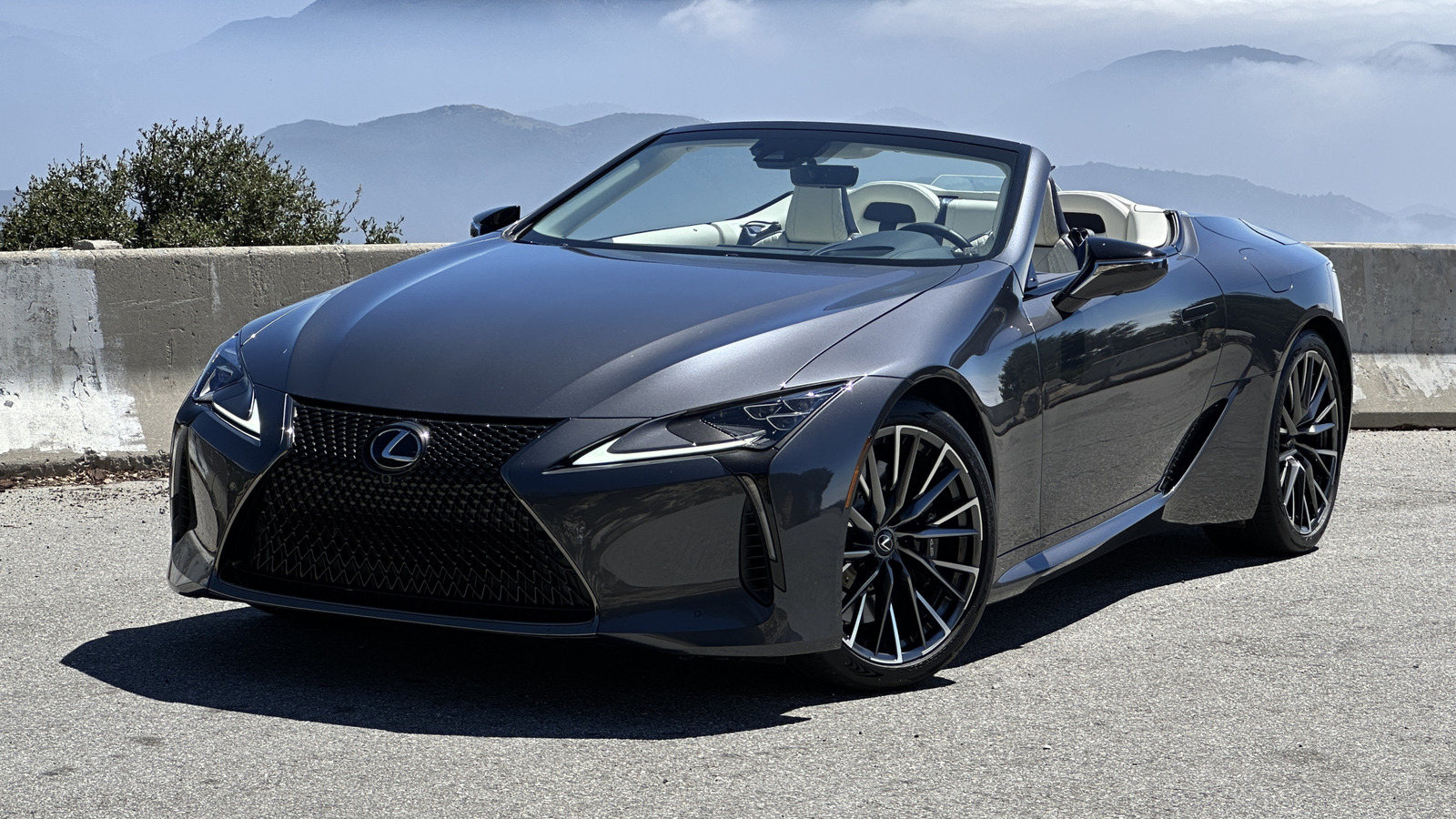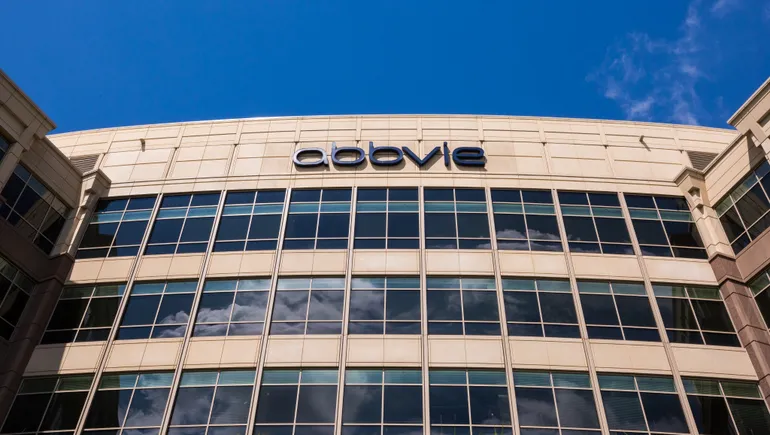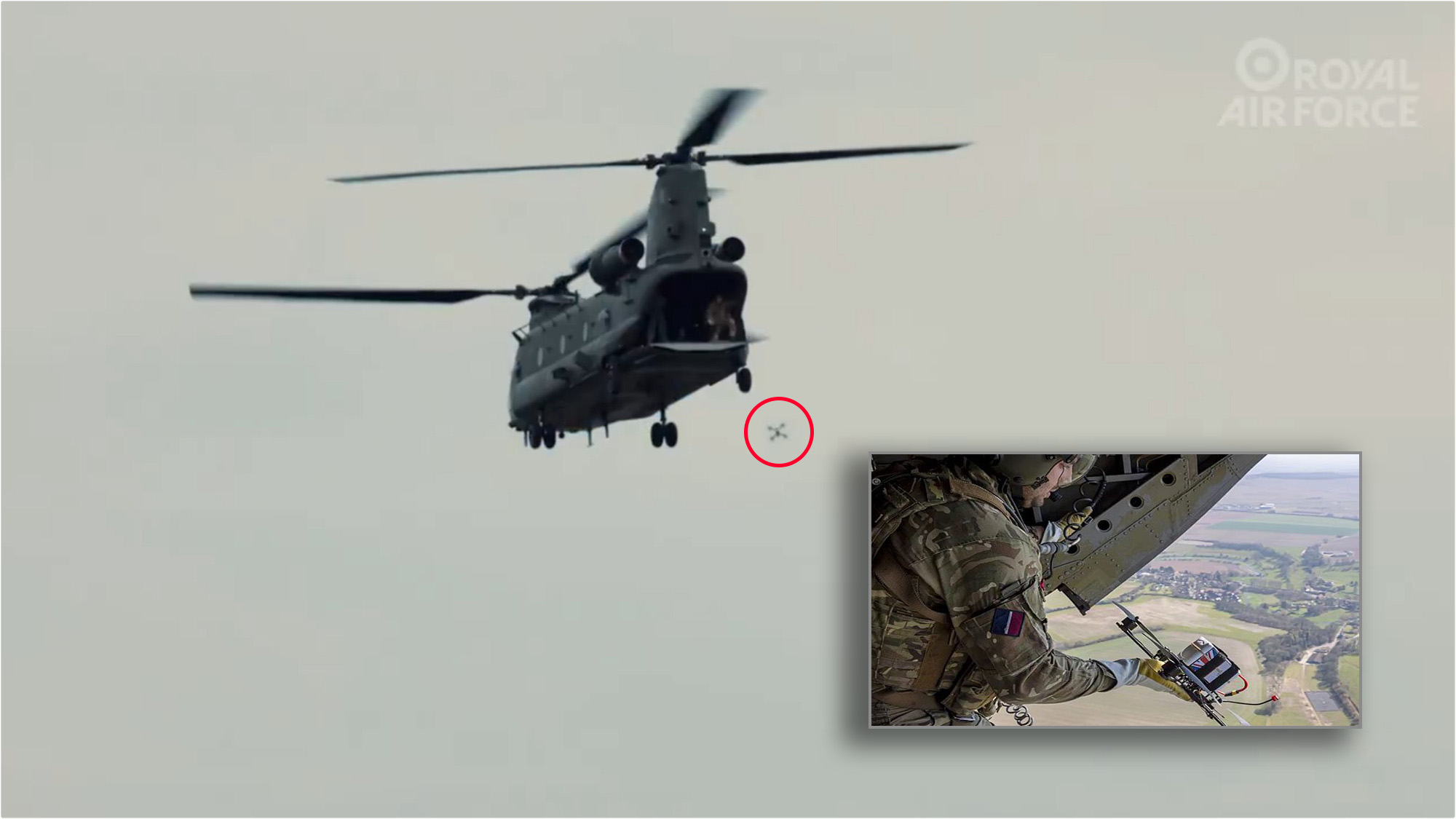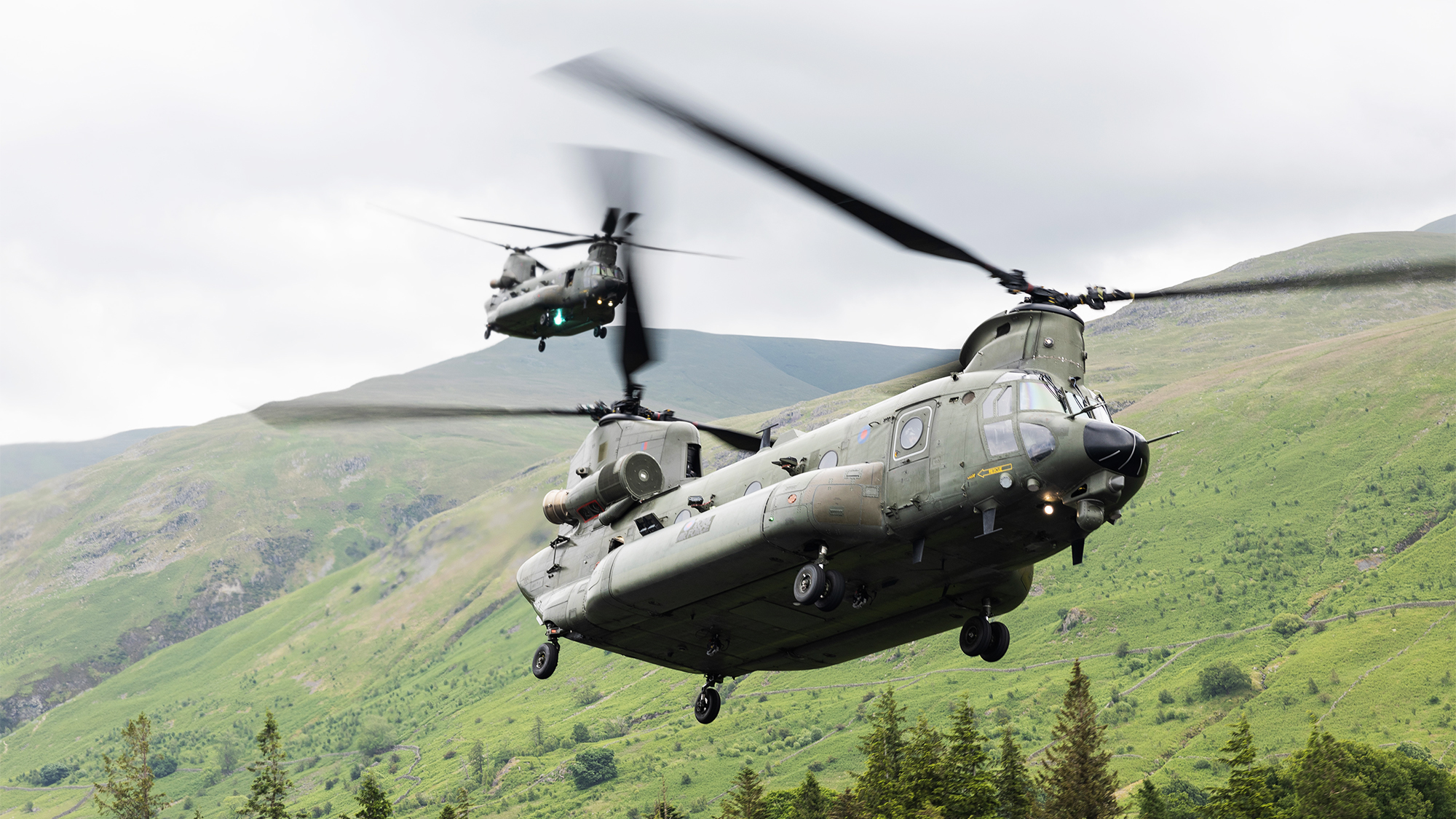Some Class I railroads take fresh look at mergers
Talk of mergers is making the rounds of Class I railroads as a way to kick-start growth and take advantage of a business-friendly Trump administration. The post Some Class I railroads take fresh look at mergers appeared first on FreightWaves.

It’s been two years since CPKC Chief Executive Keith Creel drove the ceremonial final spike at Knoche Yard in Kansas City, Missouri, to celebrate the merger of Canadian Pacific andhttps://finance.yahoo.com/quote/CNI/ Kansas City Southern. The symbolic event marked what rail executives, regulators and analysts all expected would be the last merger involving two Class I railroads.
But now there are whispers across the railroad industry that some of the big systems are dusting off their merger playbooks and evaluating their options. Mergers, independent analyst Anthony B. Hatch says, are a hot topic in Class I boardrooms, second only to talk about the potential impact of tariffs.
Why the change of heart?
Until the pandemic hit in early 2020, there had been expectations that the big U.S. systems would pivot to growth after several years of cost-cutting, shedding lower-margin traffic and streamlining operations, Hatch says.
Then came wild gyrations in freight demand, widespread crew shortages and related service problems, a particularly contentious round of labor negotiations, and a harsh spotlight on safety after the East Palestine, Ohio, hazardous materials derailment – which was then followed by activist investors and trade wars.
The result: 2024 North American rail volume was 4.4% below 2019, and CSX (NASDAQ: CSX) has been the only railroad to see its traffic return to pre-pandemic levels.
“We haven’t seen any growth – any growth in market share, any growth in volumes, any growth in market capitalization,” Hatch said. Some see a U.S. transcontinental merger as a way to jump-start volume and earnings growth.
Changes in Washington also have played a role in sparking internal railroad debates about mergers. With the Trump administration aiming to roll back federal regulations, and a Republican chairman at the Surface Transportation Board, some believe the conditions may be right for a final round of industry consolidation. And then there’s the fact, Hatch points out, that only one of the current six Class I chief executives, Katie Farmer of BNSF, has long-term ties to the railroad she leads.
The Class I railroads regularly analyze the merger landscape and produce internal studies that cover potential merger partners and scenarios. What’s different now, according to Hatch and multiple other people in the industry, is that at least three railroads’ boards are being asked to weigh in. Plus, at least two of the Class I railroads have beefed up their legal and lobbying teams in Washington.
Publicly, the Class I railroads are split over whether mergers make sense or are even possible given the tighter merger rules the STB adopted in 2001. The new rule said mergers must enhance competition, rather than merely preserve it, and would have to be in the public interest. (A deal involving a Class I and KCS was given an exemption under the new rules, although the board still had the right to judge a KCS combination under its 2001 rules.)

Union Pacific (NYSE: UNP) CEO Jim Vena says his view – setting regulatory challenges aside – is that a transcontinental merger would improve service and lead to growth by eliminating the inefficient and time-consuming interchanges that occur at Chicago and other gateways between the Eastern and Western railroads.
Railroads would become more competitive with trucks if it didn’t take 24 to 36 hours to hand off freight cars in Chicago. “You change the whole paradigm discussion with trucks on the highway versus what comes to the railroad,” Vena said in an interview last month.
The ability to provide fluid, single-line service from coast to coast – like Canadian National (NYSE: CNI) and CPKC (NYSE: CP) can north of the border, and in CPKC’s case deep into Mexico – would help U.S. exporters and importers better compete globally, Vena contends.
“I think it’s a win for our customers and a win for competition, and it’s a win for how the country should move ahead,” Vena said. “Now, on the regulatory front, it’s complicated.”
But a Class I merger proposal could gain STB approval when the timing is right, Vena adds. “I’ve always thought that it was possible,” he said. “Now, whether we’re in the right situation with everything – who knows and we’ll see what happens.”
CN CEO Tracy Robinson, speaking on the railway’s May 1 earnings call, said consolidation has been a topic of conversation during her entire career in the industry. “There seems to be a little bit more chatter right now, but at the same time the risks of these types of combinations are significant,” she said. “The new rules that came in in 2001 set a pretty high bar.”
CN sought to get its ill-fated KCS acquisition judged under the new rules. But CN didn’t get past go, as the STB shot down its request to put KCS in a voting trust, a common maneuver for rail mergers.
Robinson says CN prefers to focus on forming interline agreements with other railroads, such as the Falcon Premium intermodal service that links Canada and Detroit with points in Mexico via Union Pacific and Ferromex, or service to the Ohio Valley with Norfolk Southern (NYSE: NSC) and CSX.
Joint service can provide some of the potential benefits of mergers – but without the significant financial and regulatory risks, she says.

“We continue to like the benefits of the partnerships. We’re working more closely across the industry together to provide our customers with the benefits of single-line-type service, and we’ll continue to explore these. I think there’s lots more opportunities on that front, whether it’s with the Class I’s or whether it’s with others, and we think that’s the right thing to do,” Robinson said.
BNSF Railway doesn’t see a catalyst for a merger.
“For a merger to happen in today’s environment, our customers, policymakers and the communities we serve would need to indicate that they want to see additional mergers,” BNSF spokesman Zak Andersen said in an interview with Trains. “We view it as unlikely as we aren’t hearing from our customers or the other constituencies that they want to see further consolidation in the industry at this point in time.”
CSX and Norfolk Southern – which likely would be targets in any Class I merger scenario – declined to comment about industry consolidation. CPKC’s Creel, meanwhile, has said multiple times that the CP-KCS merger would be the last ever.
The STB declined to comment about transcontinental mergers. But former board Chairman Martin J. Oberman, who retired last year, says the STB would take a careful, data-driven approach to a review of any Class I merger application.
“It would be irresponsible for me to say that some hypothetical merger could or could not overcome the new rules,” Oberman said. “All you could say is it’s a much higher hurdle.”
The 2001 rules were designed to put the brakes on megamergers following a rapid round of consolidation over the prior two decades. Two of those mergers – UP’s acquisition of Southern Pacific and the NS-CSX split of Conrail – produced meltdowns due to initial trouble integrating the railroads.
“And of course then you have to impose on that 25 years of experience and a vastly changed economy,” Oberman said.
He says two broad policy considerations would shape the thinking of board members during a Class I merger review. First, each of the six Class I’s takes its own approach to running a railroad, and the benefits of that diversity would be lost through further consolidation. Second, how big is too big? Today’s railroads are already gigantic, and Oberman wonders whether transcontinental mergers would be in the public interest.
There’s no question, industry observers say, that carload and bulk shippers would equate another Class I merger with World War III. Merging railroads would have to contemplate broadened access – in the form of trackage rights or reciprocal switching – for shippers who are served by just one railroad or would lose access to two.
The STB has broad latitude to impose conditions on any merger, which is a wild card that could lead to some form of open access beyond what the railroads might imagine. Hatch contends that would wipe out any economic benefits from an end-to-end merger of Class I systems.
Vena disagrees. “I’m all about competition and I don’t have a real problem with it. If somebody wants to compete against Union Pacific in that environment, I’m good with that,” he said.
Oliver Wyman consultant Adriene Bailey, in a RailTrends presentation in November, argued that if current Class I volume growth efforts don’t bear fruit, railroads will either have to turn to transcontinental mergers or try to shrink themselves to prosperity.
Eventually, a lack of growth will put pressure on railroad CEOs to boost earnings, she says.
“What are our options if rail fails to grow? Oliver Wyman sees two remaining choices,” Bailey said. “The first would be that the four largest Class I railroads merge into two transcontinental systems like Canada. The second would be for the Class I’s to “shrink to greatness” and share a lot more infrastructure.”
Creating two U.S. transcontinental systems would eliminate redundant headquarters costs, significantly expand the single-line service that shippers prefer and open up so-called watershed markets, Bailey says. The watershed isn’t served well today because origins and destinations within a couple hundred miles of the Mississippi River are short hauls that are not attractive to the Eastern or Western railroads.
“Mergers may reduce some competitive options for shippers, but railroads will have a vested interest in keeping the volume from going back to trucks,” Bailey said.
Subscribe to FreightWaves’ Rail e-newsletter and get the latest insights on rail freight right in your inbox.
Related coverage:
Union Pacific President Whited stepping down
Layoffs hit BNSF tech staff amid restructuring
Railroads want feds to scrap 2-person train crew rule
FreightCar America Q1 net better than half of revenue
The post Some Class I railroads take fresh look at mergers appeared first on FreightWaves.


















































































































































